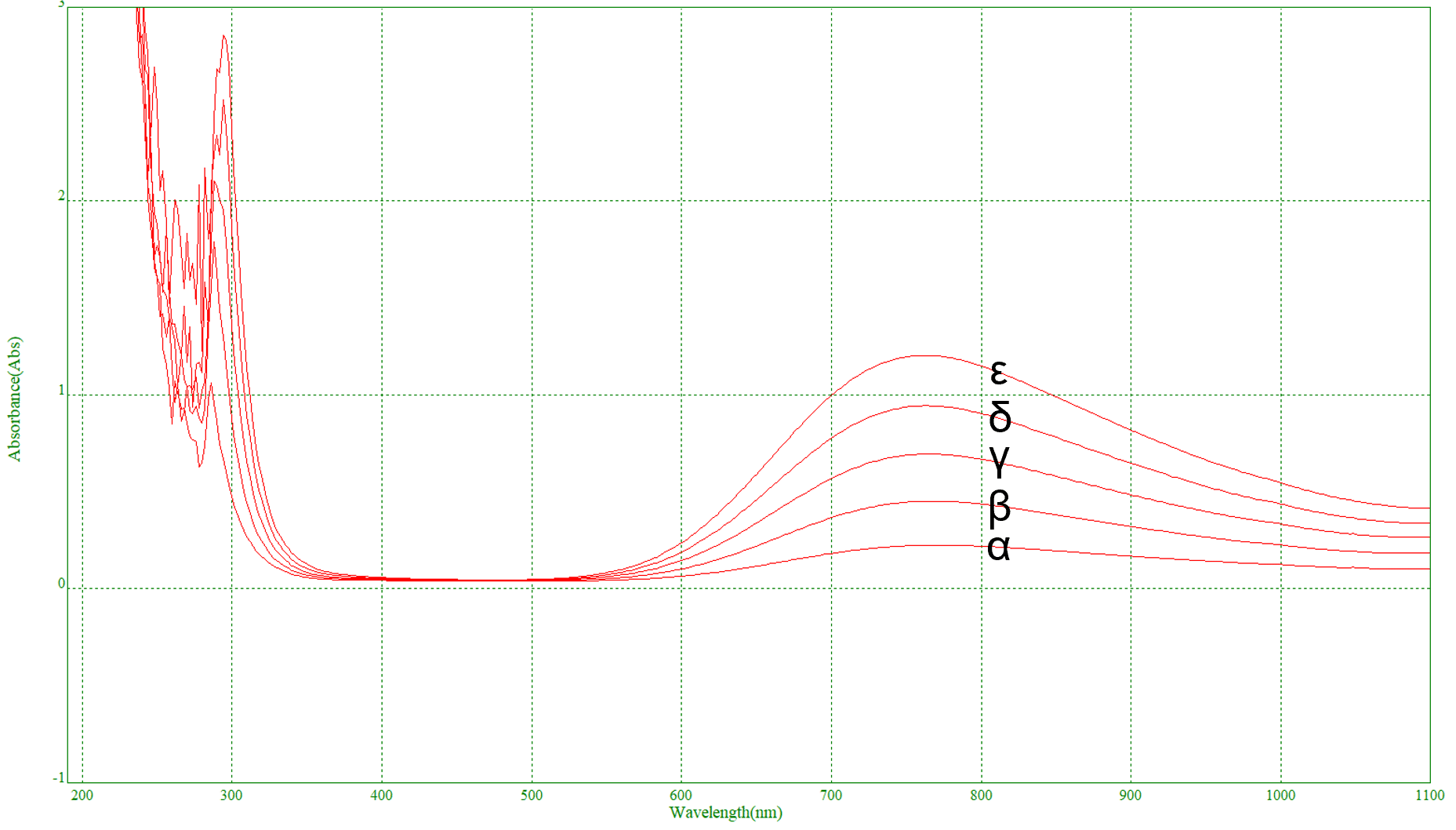5 Different Types of Spectroscopy
Spectroscopy is a broad field that comprises several different sub-disciplines and a wide array of techniques, each of which uses highly specialized equipment. This blog post explores five of the most popular types of spectroscopy.
Defining Spectroscopy
Spectroscopy is the science of studying materials by measuring their response to different frequencies of radiation. It should be noted that while a few forms of spectroscopy use other forms of radiative energy, such as acoustic or matter waves, spectroscopy is virtually always understood to use electromagnetic radiation to probe matter.
Spectroscopy is a fundamental tool of scientific study, with applications ranging from materials characterization to astronomy and medicine. Spectroscopy techniques are commonly categorized according to the wavelength region used, the nature of the interaction involved, or the type of material studied.
Infrared (IR) Spectroscopy
Photons in the infrared region of the electromagnetic spectrum have characteristic energies corresponding to those of molecular vibrations; this means IR spectroscopy currently remains the primary tool to study the vibrational and rotational modes of molecules.
IR spectrometers typically measure the relative absorption of different frequencies in the IR region by a sample. This absorption spectrum can then be used to identify the types of molecular bond present in the sample, Indicating the type of molecular structures present in a sample.
Ultraviolet-Visible (UV/Vis) Spectroscopy
The ultraviolet (UV) and visible regions of the electromagnetic spectrum correspond to electron energy level transitions in atoms and molecules. UV/Vis spectroscopy can therefore be used to probe the electronic structure of molecules in a sample, subsequently enabling identification of the compounds present. UV/Vis spectroscopy is particularly useful for identifying peptide bonds, certain amino acid sidechains, and certain prosthetic groups and coenzymes. This type of spectroscopy is useful for many wearable sensor technologies.

Nuclear Magnetic Resonance (NMR) Spectroscopy
Nuclear magnetic resonance spectroscopy is a technique used to measure the magnetic fields that exist around atomic nuclei. NMR spectroscopy uses radio waves to excite atomic nuclei in a sample. When nuclei start to resonate, this is detected by sensitive radio receivers.
As the resonant frequency of an atomic nucleus depends on the electronic structure of the molecule of which it is a part, NMR spectroscopy provides detailed information about the structure and reaction state of molecules. It is hence a powerful tool for deducing the exact nature of monomolecular organic compounds.
Raman Spectroscopy
Raman spectroscopy is solely concerned with the inelastic scattering of photons, known as Raman scattering, where the apparent wavelength of a photon is changed when it interacts with the sample.
Raman scattering uses a source of monochromatic light that is used to illuminate the sample. When the laser light interacts with molecular vibrations or other excitations in the molecular system, the energy of the photons is shifted either up or down. Accurate measurement of these energy shifts enables a detailed analysis of the types of chemical bonds present in the sample. Raman scattering provides similar yet complementary data to IR spectroscopy.
X-Ray Spectroscopy
The use of X-ray spectroscopy began with the development of X-ray crystallography in 1912. Father-and-son team William Henry Bragg and William Lawrence Bragg showed that the diffraction patterns created by X-rays passing through crystalline materials could be used to deduce the nature of the crystal structure.
Two other X-ray spectroscopy techniques are commonly used today: wavelength-dispersive X-ray spectroscopy (WDXS) and energy-dispersive X-ray spectroscopy (EDXS). Both techniques enable elemental analysis by measuring characteristic X-rays within a narrow region of the spectrum.
At Platypus Technologies, we offer a range of gold-coated and silver-coated substrates for characterizing materials using spectroscopy. To find out more, get in touch today.